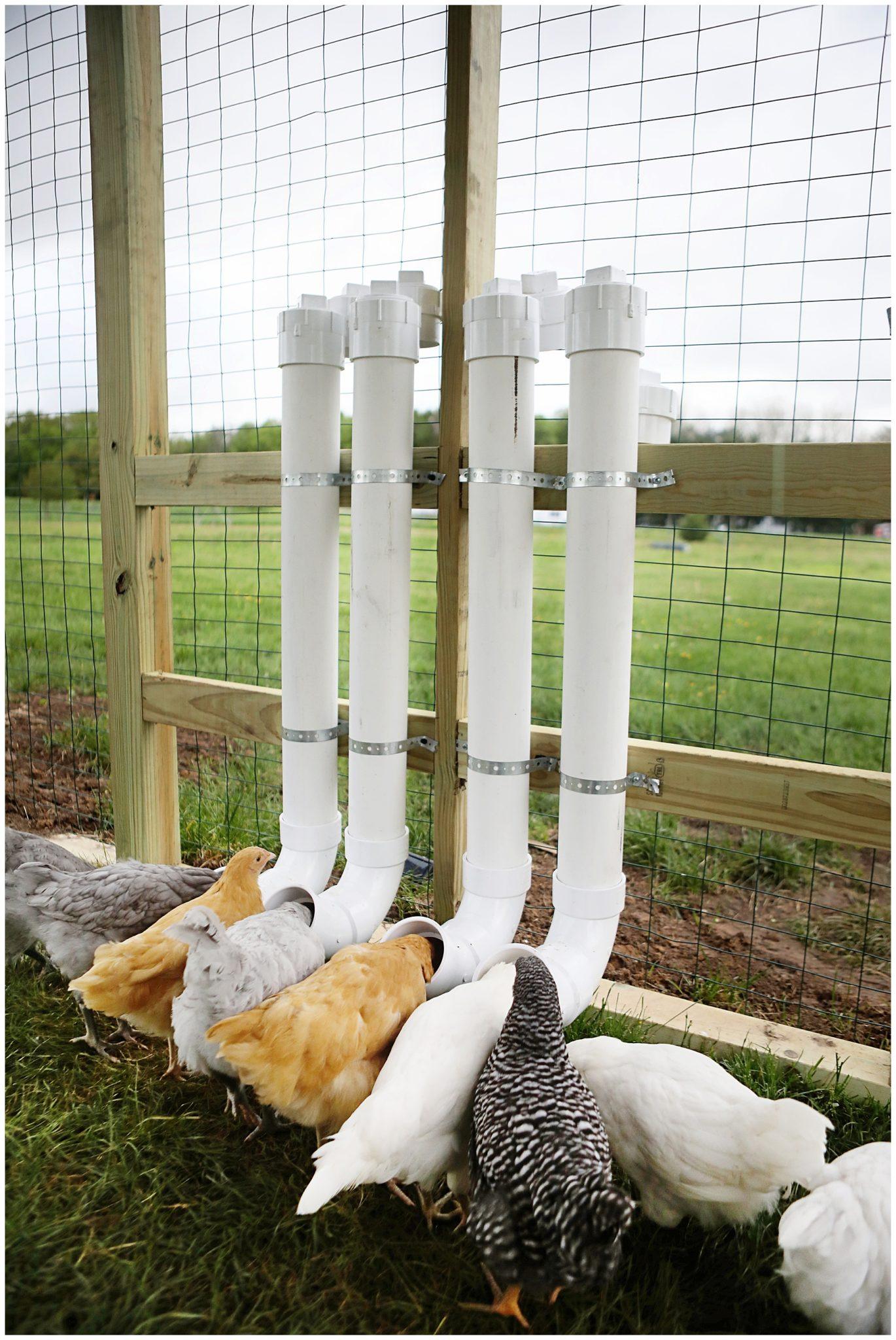

You just need to insert the nipple drippers for feeding the chickens. The intended design features a reasonably sized water container with a drilled PVC pipe. Live commentary will keep you engaged in the demonstration, explaining all steps on site. And the video comes with a simple yet functional project on a watering system. Using a nipple dripper can specifically eliminate the chances of water contamination. Therefore, you’ll have to consider a larger facility for an entire flock.Ĭlick for more details 5.

No doubt, the facility can meet immediate requirements for a limited number of chickens. The outcome looks like a miniature version of standard DIY bucket waterer projects.

Place the modified container over a slightly larger plastic cap/pan/plate to fill the bottle with water. You just need to open a hole right on the bottom of an empty plastic bottle. See also 20 DIY Oriole Feeder Plans: Do It Yourself Easily The tutorial utilizes plastic containers instead of a typical bucket or other materials. It appears more like an amateur homemade experiment on available resources. The words should explain the entire assembly without taking much of your time.Ĭlick for more details 4. Paying attention to the inlet flow with the outlet is specifically crucial for its design. And you can easily extend or shorten the requirement based on your farm facility or flock number. A 6” pipe, measuring 18” long rests on two coops to serve the water. Trickle irrigation tubing through a reasonably sized PVC pipe can accommodate the facility. It gives an immediate backup for delivering water in the absence of the owner. The project comes delightfully simple with no time-consuming steps or costly purchase. Poking some holes before filling the water will prep the system. Onscreen numbered steps reveal the job in simple words with understandable commands. But it utilizes a small container resting on a shallow plate to hold the water. The design is similar to the universal 5-gallon bucket watering system. National Geography captures the ultimate trick of providing cute, small, baby chicks. Likewise, you can’t think of any heightened or somewhat deep sources of water for newbies. Baby Chicken WatererĮven the smallest chicks need water but require particular caution. Make sure the opening is reasonably large without featuring any sharp edge.Ĭlick for more details 2. Looking into the standstill pictures, you’ll probably know what to do or how. The idea is elementary, requiring no additional details on words/pictures. Reshaped Empty Jug Waterer Image Credit: CoolChickenBreedsĬutting an empty milk jug can give sufficient depth for holding enough water. We started with chicks, so it was necessary to move the feeders higher off the ground as they grew.1. You can move the feeder up or down by loosening one of the screws holding the metal strapping, so make sure that there is room above and below the strapping.

We found it was best to not cut the strapping until after you have attached the feeder on the wall or you might misjudge it and cut it too short. Get one person to hold the feeder where you want it and have the second person use the steel strapping to screw the feeders onto the wall.
#Chicken feeder diy professional#
We are not professional pipe cutters, so there may be a better way, but we made do with what we had. We started by using the hack saw to cut it enough that there was a hole for the jigsaw blade to fit through, then finished it off with the jigsaw.


 0 kommentar(er)
0 kommentar(er)
